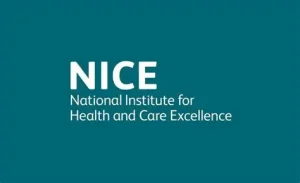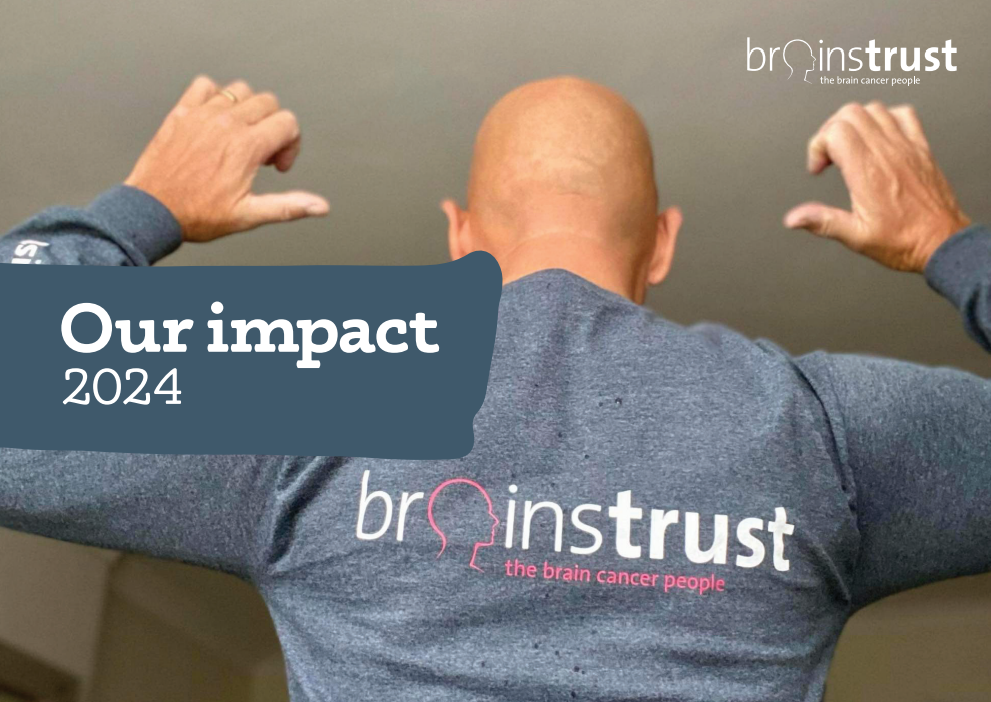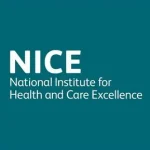NICE has issued draft guidance recommending against funding vorasidenib for NHS use in England. This is NOT a final decision. The guidance is currently under consultation, and all stakeholders have until 4 November 2025 to submit their responses.

A second NICE committee meeting will take place on 20 November 2025, when a final decision will be made. The outcome is expected shortly before or after Christmas 2025.We think it is important that the community who is living with this type of LGG understands the facts that sit around the NICE process. There has been considerable noise around decision announced last week, some of which is incorrect. We recognise that discussions about access to new treatments are deeply emotive, particularly for people living with brain tumours, which includes their families. However, we believe it is important that patients and their caregivers understand the facts about the NICE appraisal process and what happens next, the current status of vorasidenib, and what the draft guidance means. The information provided here is to help you navigate this uncertain time with clarity about what is happening and what may happen next. One fact – NICE awarded positive recommendations to 79% of oncology indications it appraised between 2009 and 2013.
What Is vorasidenib? Vorasidenib is a targeted oral therapy designed for people aged 12 and over with grade 2 (low-grade) gliomas that have mutations in the IDH1 or IDH2 genes. These IDH-mutant low-grade gliomas, which include astrocytomas and oligodendrogliomas, are among the most common brain tumours in adults under 50, affecting approximately 300 people annually in England who would be eligible for this treatment. The drug works by crossing the blood-brain barrier and inhibiting the abnormal IDH1 and IDH2 enzymes that drive tumour growth. It is taken once daily as a tablet and has been approved by the FDA in the United States and the MHRA in the UK for private use, but it is not yet available on the NHS.
What is the evidence? The approval was based on the Phase 3 INDIGO clinical trial, which involved 331 patients from 10 countries. The trial demonstrated that vorasidenib:
-Significantly slowed tumour progression: The median progression-free survival was 27.7 months for patients taking vorasidenib compared to 11.1 months for those receiving a placebo.
-Delayed the need for further treatment: The drug extended the time to next intervention, postponing the need for radiotherapy or chemotherapy.
– Had a predominantly low-grade safety profile: Side effects were generally manageable.

So why has NICE issued draft guidance against funding? NICE’s draft decision to decline funding is based on four key concerns about the evidence:
1. Immature data
The primary concern is that insufficient time has passed since the trial ended to understand fully the long-term outcomes for patients. While the trial showed that vorasidenib delays disease progression, NICE requires more mature data to assess the treatment’s full impact. More modelling of the existing data is being done and will be shared with NICE.
2. Uncertainty around overall survival
Clinical trial evidence demonstrates that vorasidenib increases the time before the tumour progresses. However, there is not enough evidence to show whether vorasidenib extends how long people with the condition live. This is a critical factor in NICE’s assessment. It means that whilst there may be data on progression free survival, we don’t yet have data on overall survival.
3. Uncertainty about time to next intervention
There is uncertainty surrounding exactly how long vorasidenib delays the need for subsequent treatments like chemotherapy or radiotherapy, and how this translates into real-world clinical benefit. It is important to remember that vorasidenib is not a cure. Low-grade gliomas with IDH mutations continue to grow over time. Vorasidenib is designed to slow progression of the tumour and delay the need for more toxic treatments, which may preserve
quality of life for longer. This has played a factor in the decision. It is not a cure.
4. Cost effectiveness concerns
Because of these uncertainties in the economic model, NICE has decided that it cannot establish whether vorasidenib represents value for money for the NHS at this time. So it has asked for more evidence. What’s next? The consultation process is an important opportunity for additional evidence and patient perspectives to influence the final decision.
What happens now?
1. Consultation period: Open until 4 November 2025 for stakeholders to submit responses
2. Second NICE Committee Meeting: 20 November 2025
3. Final decision: Expected around Christmas 2025
4. Implementation: If approved, vorasidenib would typically become available on the NHS
within three months of the final approval date.
Why This Matters.
The draft guidance means that, for now, vorasidenib will not be routinely available on the NHS. However, the decision is not final, and the consultation process allows patient groups, clinicians, and the drug manufacturer to provide additional evidence that may address NICE’s concerns. If you would like to add your voice to the second consultation you have until 4 November. You can leave your comments on the NICE website.





